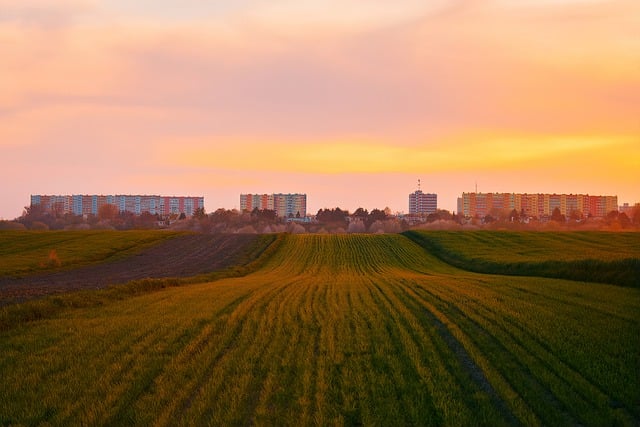Urban agriculture is rapidly gaining recognition as a vital component of sustainable development, transforming city landscapes into productive green spaces. As urbanization continues to expand, the concept of growing food within city limits has garnered attention for its potential to tackle pressing issues, such as food security, environmental impact, and social equity.
One important aspect of urban agriculture is its ability to promote transport sustainability. Traditional food systems often rely on long supply chains, which contribute to high carbon emissions due to transportation. By cultivating crops in urban areas, we can drastically reduce the distance food travels from farm to table. This not only lowers greenhouse gas emissions but also facilitates access to fresh produce for city dwellers, enhancing their overall health and well-being.
Moreover, urban agriculture plays a pivotal role in creating livable cities. Community gardens and urban farms can transform vacant lots into thriving hubs of biodiversity. These green spaces not only provide food but also offer recreational opportunities and foster community relationships. Engaging local residents in the cultivation process encourages a sense of ownership and pride, further strengthening social ties and resilience within communities.
In addition to addressing urban food needs, urban agriculture also intersects with rural development. By advocating for local food production, urban agriculture can create a demand for rural farmers’ products. This relationship can help bridge the urban-rural divide, promoting fair trade practices and supporting smallhold farmers. Consequently, urban consumers can actively contribute to rural economic development, ensuring that both urban and rural areas thrive in an increasingly interdependent world.
The benefits extend beyond the plate, as urban agriculture initiatives often incorporate sustainable practices that improve local ecosystems. These practices can include organic farming, permaculture, and regenerative agriculture techniques that enhance soil health and biodiversity. The integration of green roofs and vertical gardens in urban settings also contribute to mitigating the urban heat island effect and improve air quality, making cities more resilient to climate change.
As we consider the future of our cities, embracing urban agriculture emerges as a powerful strategy for fostering sustainable development. By integrating food production into urban planning, we not only enhance food security and community ties but also promote a healthier environment for generations to come. Harnessing the potential of urban agriculture can truly lead us toward a greener and more sustainable future.




